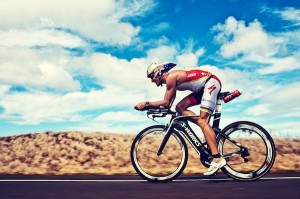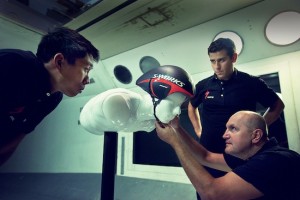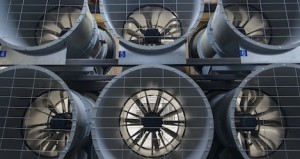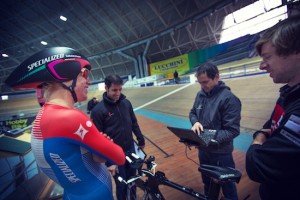Specialized unveils an in-house, bike-specific wind tunnel
U.S. company goes all in with aero at their headquarters
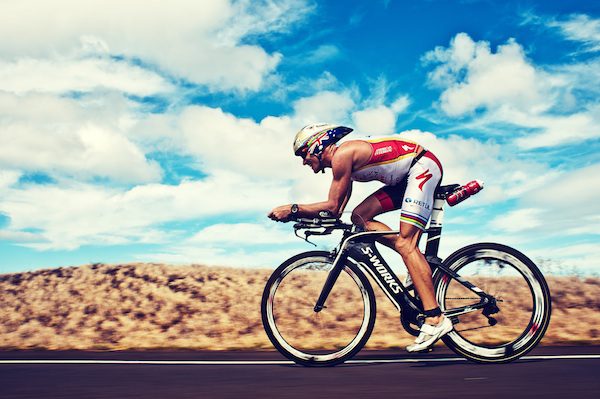
Late on Thursday evening, Specialized unveiled the latest addition to their Morgan Hill, Calif., headquarters, an in-house wind tunnel. Many companies in the bicycle industry have made use of existing facilities, some extensively so, but Specialized is the first to go to the trouble and expense of building its own.

Specialized’s wind tunnel is significant as it is purpose-built and optimized for the bike, including its size and speed, something previously unavailable. Most wind tunnels are designed for aeronautics and automobile research, fields that feature vehicles that travel hundreds if not thousands of times faster than bicycles. Researchers in the bike industry are able to adapt their work to these tunnels as best as they can to get usable data. However, the situation is not ideal. Using tunnels designed for aeronautic or automotive use is akin to using a highway transport truck scale to weigh your new Specialized Tarmac SL4: it can be done. But the process takes a lot of work and it is very difficult to find meaningful data among the noise. As Chris Yu, Specialized’s in house aerodynamicist and Stanford PhD candidate explained, a regular wind tunnel and the force it produces “is basically a fancy version of digital bathroom scale, turning it sideways and strapping a bike to it.” When the fans are turned on, the Force Balance measures the aerodynamic drag force the wind is exerting on the test subject, in this case bike and rider. According to Yu, the precision required is analogous to a bathroom scale that can reliably and accurately read the weight between you, and you holding a paper clip. Further, Yu says “it is actually a little trickier than that, because it’s not static… so its more like you standing on a the scale, jumping and down continuously, and I throw you a paper clip, and you catching it. I need to able to reliably, consistently, repeatably read the difference.”
Specialized’s new wind tunnel may also signal the start of a new technological arms race in cycling. When Specialized took the wraps off the Venge at the 2011 Milan-San Remo, much was made of the partnership with Formula 1 powerhouse McLaren racing team. But aside from the McLaren edition Venge, and the S-Works aero helmet, the fruits of the partnership have not exactly been bountiful. The in-house wind tunnel Specialized unveiled Thursday shows the company took a lot more from the partnership than a little carbon and aero know-how: they took a whole approach.
Like cycling, F1 has always been a test of physical performance matched with the mechanical. Of course, equipment plays a very important role in F1, but a great driver can still make a real difference through skill with sub-par equipment. But that situation began to change in the early ’90s as the big teams, such as McLaren, invested and acquired their own wind tunnels and bolstered their own teams of aerodynamicists. The balance shifted disproportionately toward those with the budgets to afford their own wind tunnels and the brain power to use them properly.
With the addition of their own wind-tunnel facility, Specialized has signalled not only its commitment to aerodynamic research and innovation, but the possibility that we maybe facing an era of haves and have nots in the bike industry. Bigger companies are likely to be the only ones with the resources to invest in aerodynamic R & D. They could distance themselves from the smaller players. It appears this is already starting to happen. Following closely on Specialized’s announcement, Velonews reported Friday that a Belgium bike consortium (which includes Ridley, Lazer, BioRacer, athletic-performance centre EnergyLab and Flanders Drive) have secured government funding to the tune of 500,000 euros to create a new R & D facility focused on human-powered technology and aerodynamics. It’s centrepiece will be a low-speed wind tunnel.
But there is at least one big difference between an F1 team and a big bike company: F1 teams do not need to sell products to consumers. They exist to win races. The accuracy of the designs that come out of their wind tunnels are validated by race results. No doubt, Specialized would like to see their products leading to spots on podiums. Nonetheless, it will start to introduce many products developed with the use of this tunnel for all riders. But will consumers trust data from their private tunnel? Or will they demand third-party validation still? That remains to be seen, but it appears Specialized is prepared to be transparent.
When asked whether there are any plans to open the use of this tunnel to non-Specialized athletes and companies, Specialized Canada’s marketing manager Hannah Parish responded, “Yes. This is a fantastic opportunity for lots of different athletes. For example, this could be a great opportunity for national teams to take advantage of. We are a little ways from this right now, but there is always that possibility.” She was echoed by Jennifer Capasso of Specialized global marketing communications, who said, “Once we get the wind tunnel rocking and through all of our projects, we will look at other opportunities with the wind tunnel.”
In the meantime, you can expect aero features to show up not only on Specialized bikes, but across the company’s large product and accessory line. It’s the first salvo in a movement that may revolutionize the industry in the process.
